PROTECT YOUR DNA WITH QUANTUM TECHNOLOGY
Orgo-Life the new way to the future Advertising by AdpathwayTomato hornworms are voracious creatures that pop up seemingly overnight, wreaking havoc on tomato plants with their appetites.
Hornworms blend seamlessly on the stem, but their plump size and damage to leaves give them away. The robust caterpillars are the larvae of the five-spotted hawkmoth (also known as a sphinx or hummingbird moth), a North American native and nocturnal pollinator.
The first control of hornworms is to handpick them off plants and relocate them far from your tomatoes. Neem oil and biological controls of BT (Bacillus thuringiensis) and diatomaceous earth are other methods to rid the caterpillars.
To repel tomato hornworms from the start, companion planting is a way to arrange plants that mutually benefit each other. It reduces pest damage through beneficial deterrents, and while not an exact science, research backs complementary pairings.
Companion plants, as well as the best cultural conditions for tomatoes, offer the best foundation for vigorous, resilient crops. Interplanting the edible landscape with repellent plants is a means of staving off a variety of common pests while drawing beneficials for a balanced garden system.

Italian Genovese Basil Seeds
Red Metamorph French Marigold

Red Metamorph French Marigold Seeds

Colorado Blend Yarrow Seeds
Basil
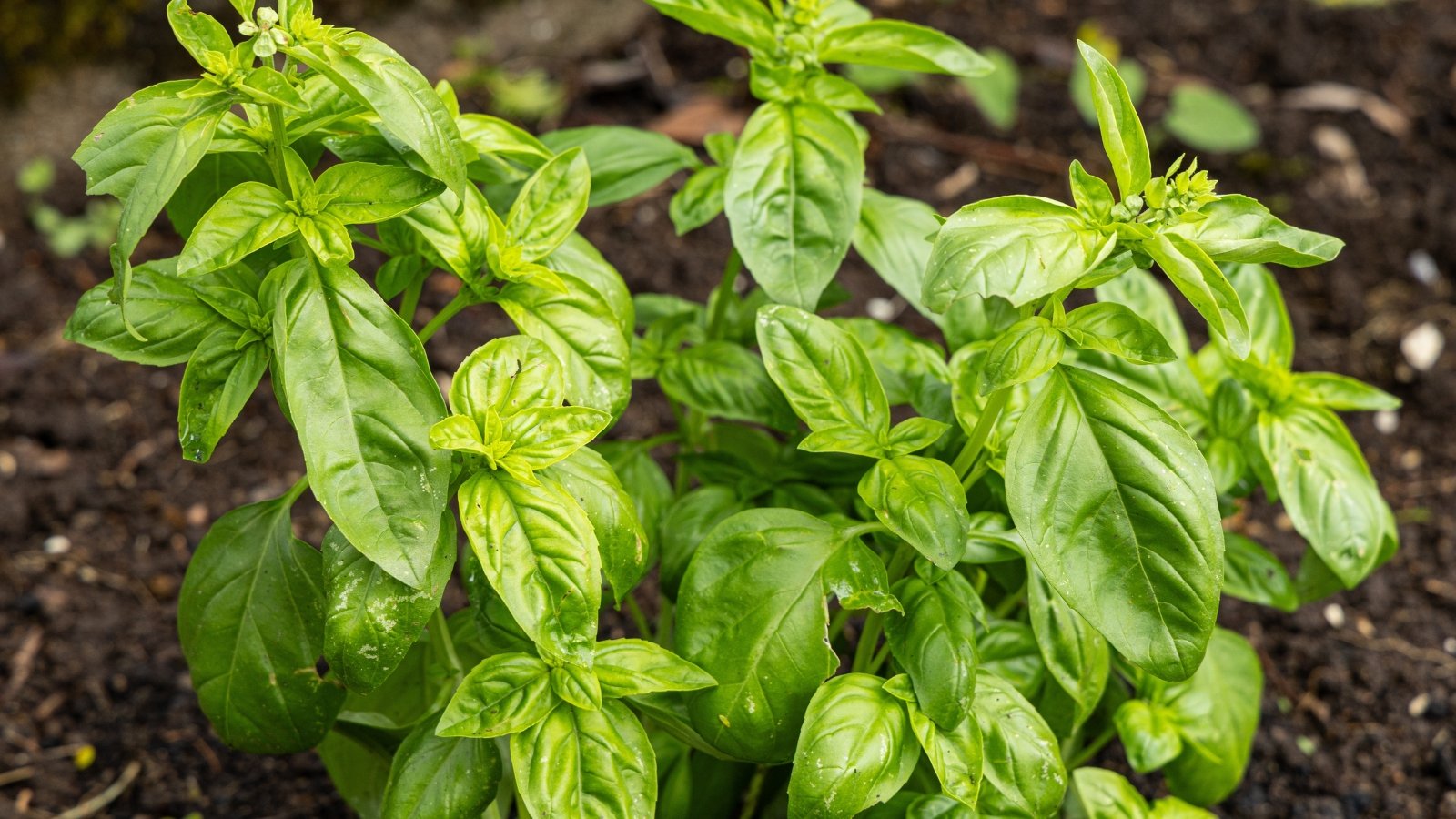 This herb is quick to sprout and ready for harvest in weeks.
This herb is quick to sprout and ready for harvest in weeks.Basil is a favorite summertime culinary pairing with tomatoes. The herb offers not only a tasty topping for fresh caprese salads, pizzas, and pastas, but also serves to repel tomato hornworms.
Studies show a reduction in thrips from both partners, and the aromatic leaves are a deterrent for hornworms (Manduca quinquemaculata). As an added bonus, basil may even promote tomato growth.
The flavorful herb thrives in warm weather, growing quickly for bunches of harvests all summer. It originates in India but traveled the world to become prominent in Italian and Thai dishes. From ‘Genovese’ to lemon, the varying flavor profiles brighten any summer dish.
Basil shares the same growing requirements as tomatoes. Grow it in full sun with organically rich, well-draining soil and harvest the leaves regularly. Remove bloom spikes when they emerge to preserve flavor, as the blooms take energy from the leaves. Basil is tender and dies back under a light frost. It’s one of the easiest herbs to grow and is a fast grower from seed.
Marigolds
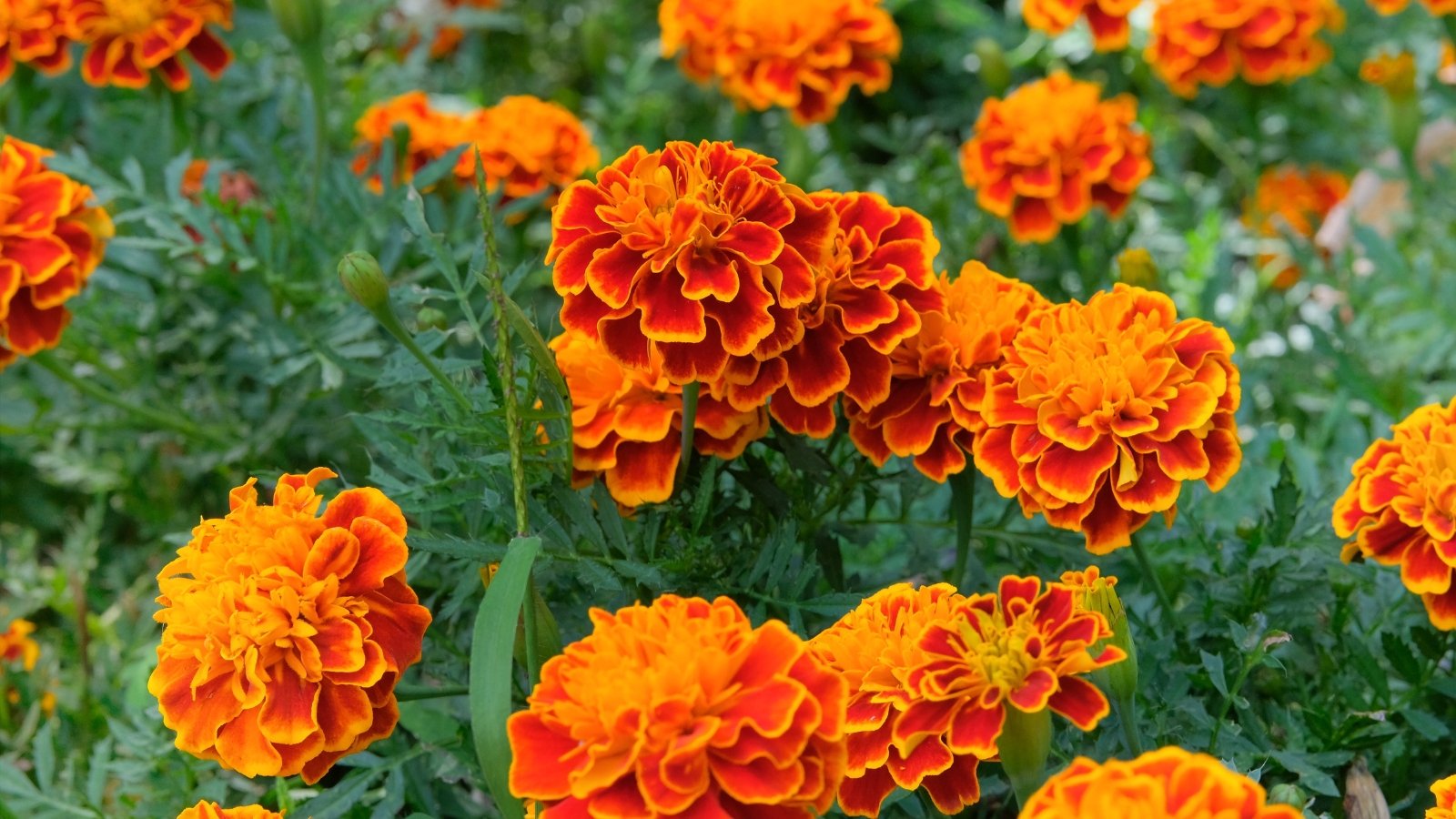 These flowers handle heat with ease.
These flowers handle heat with ease.Marigolds are a signature of the edible landscape as a companion plant for numerous crops. They also bring their cheery pom pom blooms in sunny yellow, gold, ivory, and garnet to energize the arrangement.
In the daisy family (Asteraceae), they have aromatic flowers and foliage with essential oils and repellent properties.
Whether signet, French, African, or Mexican, marigolds are celebrated the world over for their versatile uses and aromatic benefits. In the vegetable garden, they repel tomato hornworms, squash bugs, thrips, and whiteflies, among others, and attract beneficial insects. Marigold flowers are also edible, making a bright garnish or soothing herbal tea when dried.
Borage
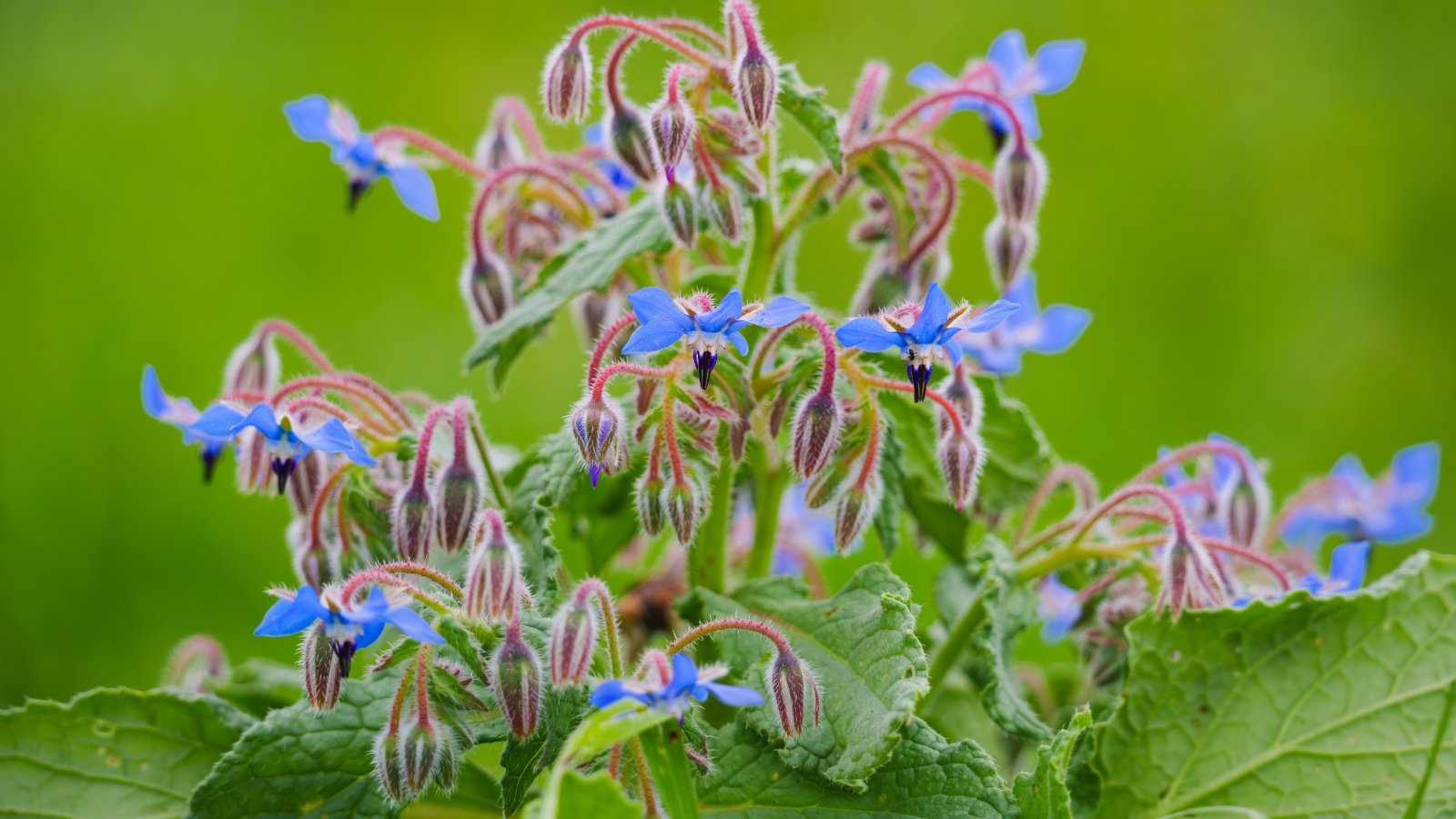 This flower grows with flair and shows up year after year.
This flower grows with flair and shows up year after year.Borage is an herb with striking starry blue flowers and a long history in cuisine and herbal medicine. The nectar and pollen-rich blooms are a favorite of honeybees, in addition to native bees and other pollinators. The leaves and blooms are edible with a flavor that resembles cucumber.
Grow borage in the perimeter or end cap of beds to repel tomato hornworms. It may also improve growth and disease resistance among the nightshades. Borage’s natural compounds deter aphids and attract parasitic wasps, an essential predator of hornworm eggs and larvae.
Borage reseeds readily in its optimal conditions. Deadhead spent blooms to limit reseeding, or leave them in place for a future round.
Nasturtium
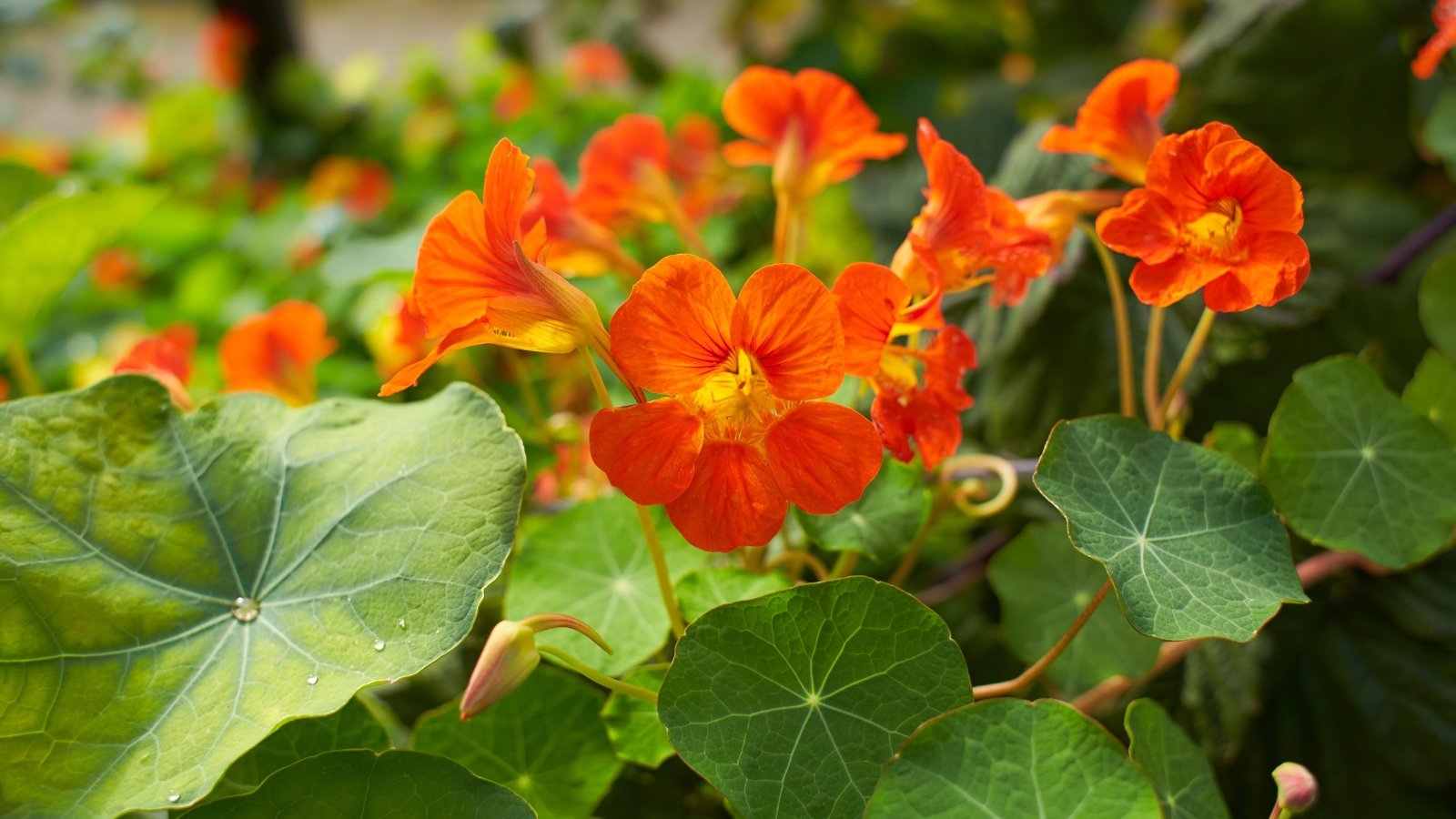 The round leaves and peppery petals steal the garden show.
The round leaves and peppery petals steal the garden show.A nasturtium companion pairing boosts pest control and draws pollinators. They’re beacons for beneficial insects for natural pest control, including ladybugs, hoverflies, and parasitic wasps.
The primary reason to plant them to repel tomato hornworms is that they attract braconids, a particular predatory wasp that lays eggs on the caterpillars and kills them off. Plant them slightly away from the nightshades as a trap plant for aphids, luring them away from the crop.
Nasturtium brings edible leaves and flowers, the vibrant tubular blossoms that hummingbirds and other pollinators find irresistible. They grow quickly from seed and tolerate partial shade and dry conditions once established.
Nasturtium performs best in climates with moderate (not hot) summers. In hot climates, grow them in spring or fall to enjoy as cool-season annuals and to support seedlings as they develop.
Scallions
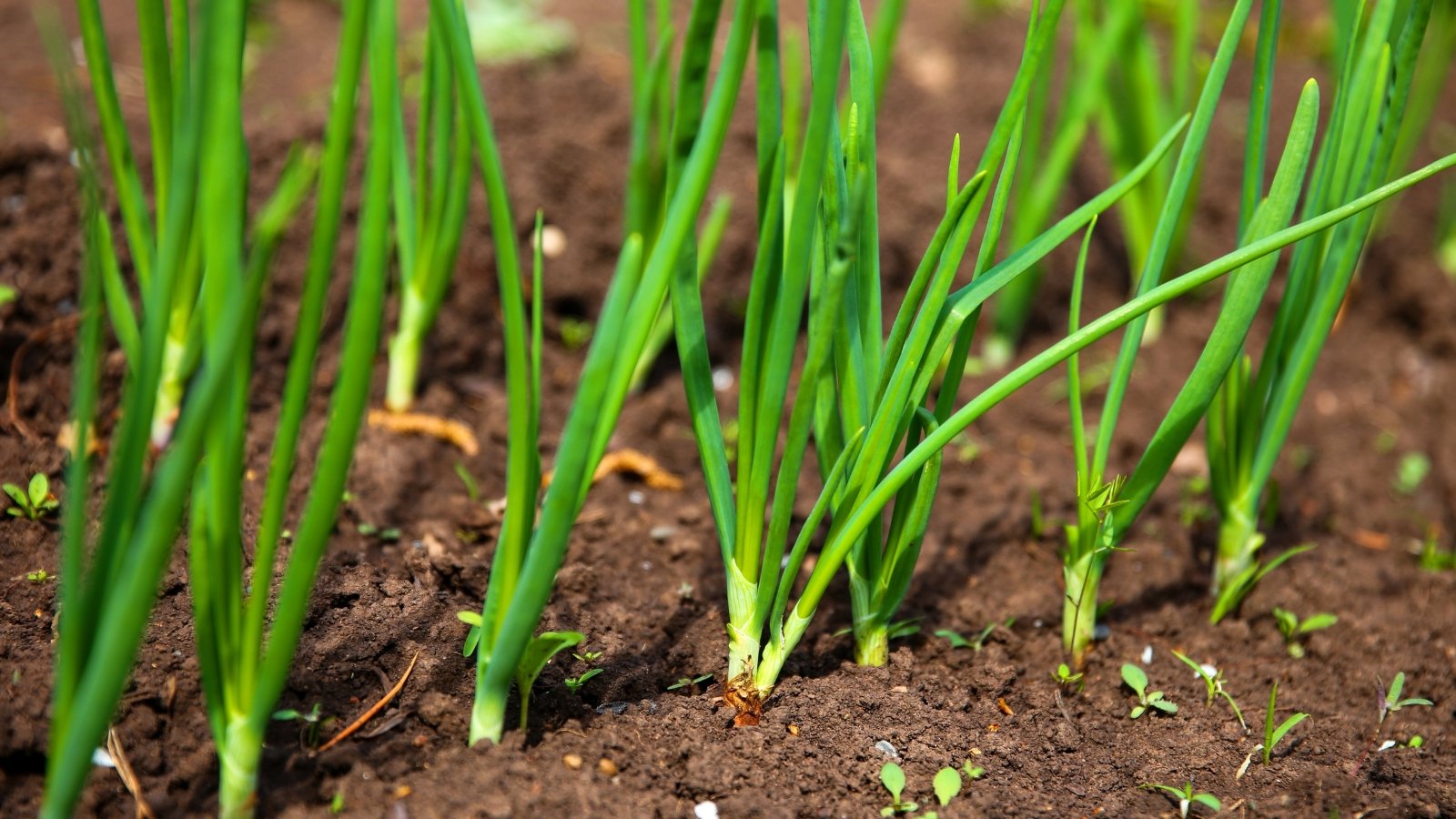 Sow a little now, and you’ll enjoy a lot all season.
Sow a little now, and you’ll enjoy a lot all season.Scallions, also called spring, bunching, or green onions, are easy to grow and use in the kitchen. Their pungent scent deters pests, including the five-spotted hawkmoth. Deterring the moth may keep them from laying eggs on nearby Solanaceae hosts.
In general, Allium is a prime companion as a pest repellent, including garlic and onions. To keep a good thing going with tomato seedlings, succession plant scallions in climates with cool summers. They germinate best in 60-85°F (16-29°C) soils. Sow them every two to four weeks for a continual harvest.
‘White Lisbon,’ a 1700s heirloom, is ready in 60 days and is reliable under various conditions. It has good heat and cold tolerance to withstand seasonal shifts. ‘Tokyo Long’ has a mild, sweet, oniony flavor and long, slender stalks.‘Tokyo Long’ is disease-resistant, heat- and frost-tolerant, and matures in about 65 days.
Sage
 Lavender spikes lure bees while the leaves do the guarding.
Lavender spikes lure bees while the leaves do the guarding.Sage is a classic perennial herb, and with its earthy scent and velvety leaves, it has repellent qualities too. Let it go to flower to attract beneficial predators and repel tomato hornworms.
The Mediterranean native prefers full sun but, like tomatoes, benefits from afternoon shade in hot climates. Well-draining soils are essential.
Look for S. officinalis ‘Berggarten’ (also called ‘Herrenhausen’) for a variety with increased mildew resistance. It features broad, silvery leaves and lavender bloom spikes in summer (sage flowers are edible, too).
‘Berggarten’ won the Royal Horticultural Society’s Award of Garden Merit for its beauty and performance. Others in the Salvia genus are lovely to plant amongst vegetables and are a huge draw for pollinators that boost fruiting.
Calendula
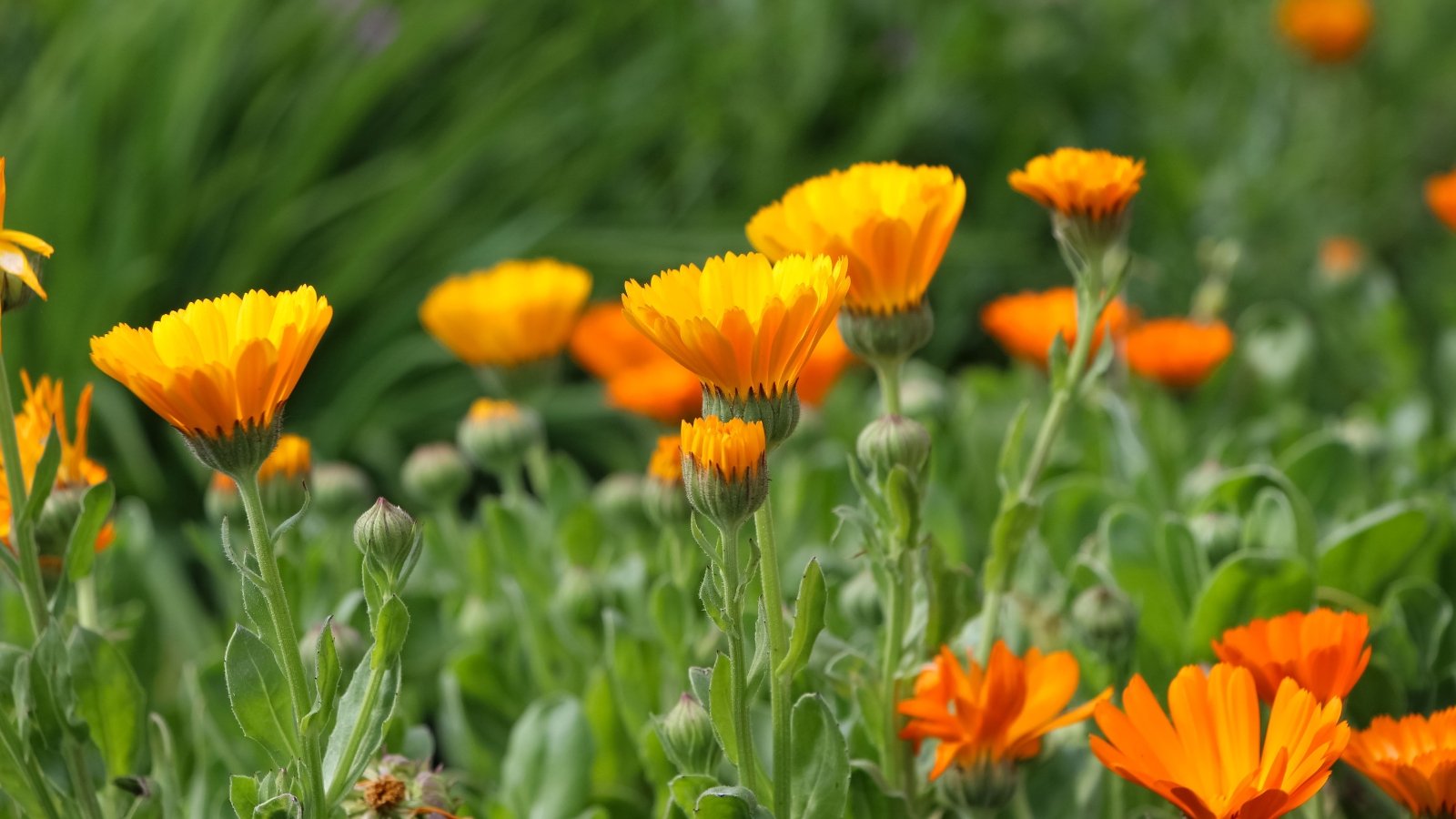 Flowers bloom in just a month.
Flowers bloom in just a month.Calendula is long-blooming and produces bright flowers in rich yellow, orange, pink, ivory, and bicolors. The herbal leaves and flowers are edible as a fresh garnish or dried for teas and baking.
Fine hairs on the stems and musky, aromatic leaves are distasteful to browsing pests, and they repel tomato hornworms, beetles, nematodes, aphids, and thrips. They also attract ladybugs, lacewings, and hoverflies that feed on the common pests.
Calendula is a frost-tolerant annual that is easy to grow except in high summer heat. Plants fade in hot conditions. In moderate areas, they’ll recover when cooler temperatures arrive. Calendula grows quickly from seed, blooming in as little as 30 days after germination, and is a fine candidate for sowing with successional rounds of tomatoes.
Yarrow
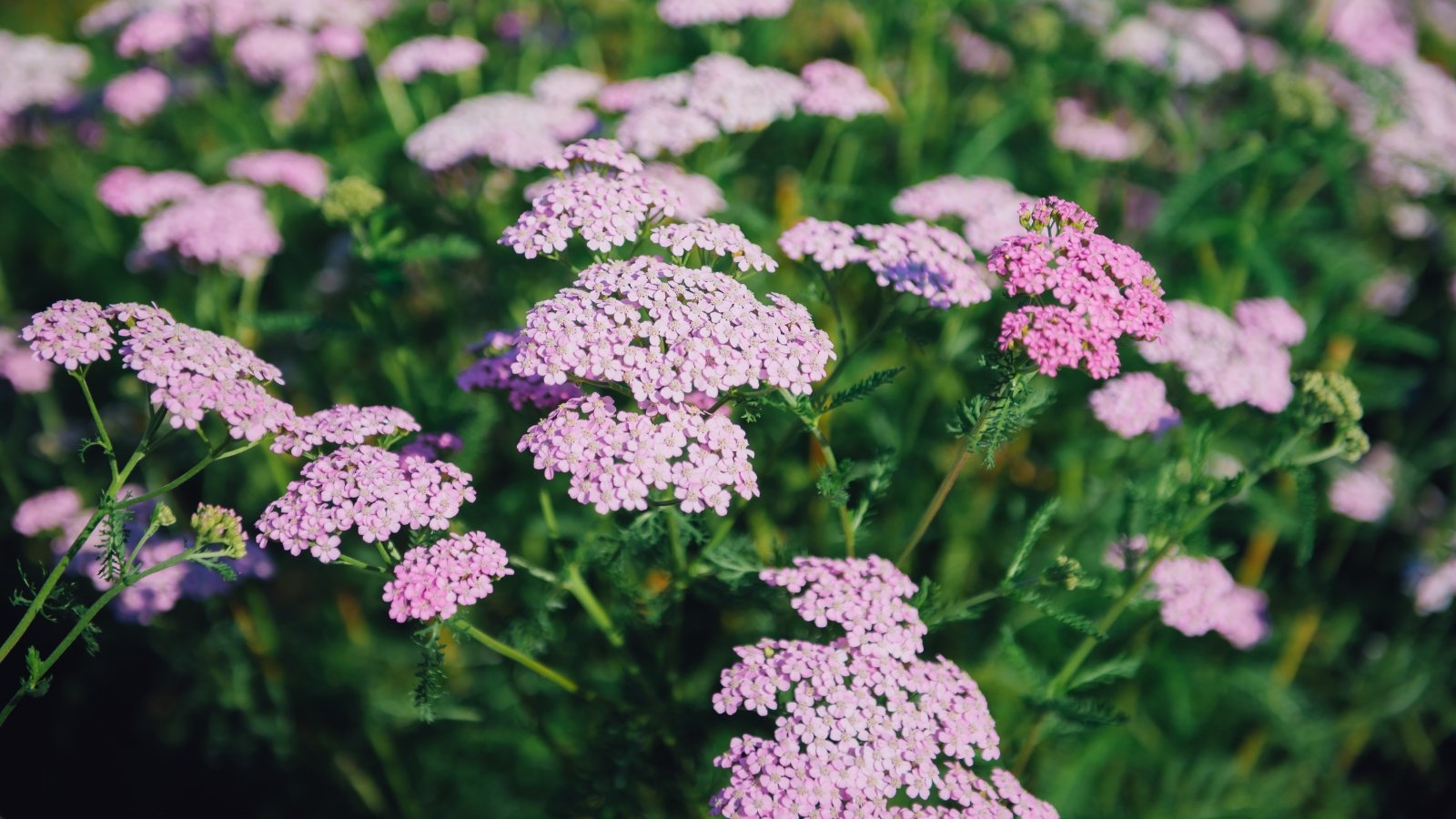 Achillea has a native charm that blossoms into natural insect-attracting beauty.
Achillea has a native charm that blossoms into natural insect-attracting beauty.Yarrow, a North American native, is ideal for attracting bees and butterflies as well as ladybugs and braconid wasps to feed on hornworm eggs and caterpillars. The perennial brings feathery foliage and large, flat flower heads that become landing pads for flying insects.
The species grows tall with milky white flowers, and numerous cultivars range in size and color. Yarrow is a low-maintenance, full-sun, drought-tolerant perennial. It doesn’t need much more than a sunny spot with well-draining soil to flourish. Plant it on the perimeter of the edible landscape or with room to spread around vegetables to experience its merits.
Parsley
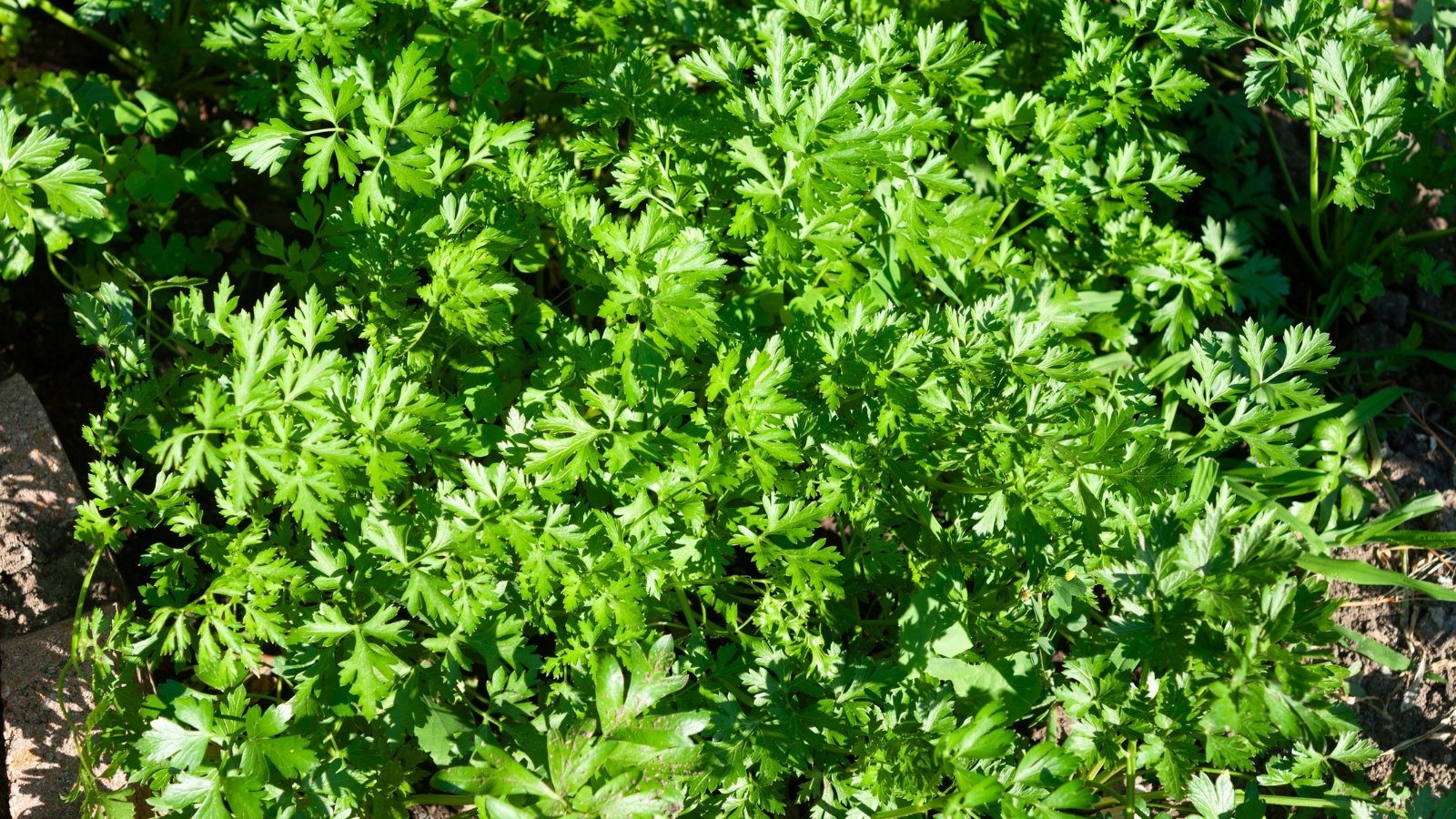 This herb grows best in mild temps with steady moisture.
This herb grows best in mild temps with steady moisture.Parsley is another fragrant herb that attracts insects that prey on the juicy caterpillars. Its scent also serves as a mask to tomato leaves and may help throw pests off the trail of their host.
Parsley thrives in cool conditions and is a pretty filler among edibles in addition to its fresh, herby taste. Fanning leaves are flat or curly, depending on the variety.
Grow parsley as an annual to enjoy its first-year leaves. In the second year, the biennials produce flowers, and the leaves become bitter before they die back after seeding.


 5 days ago
12
5 days ago
12




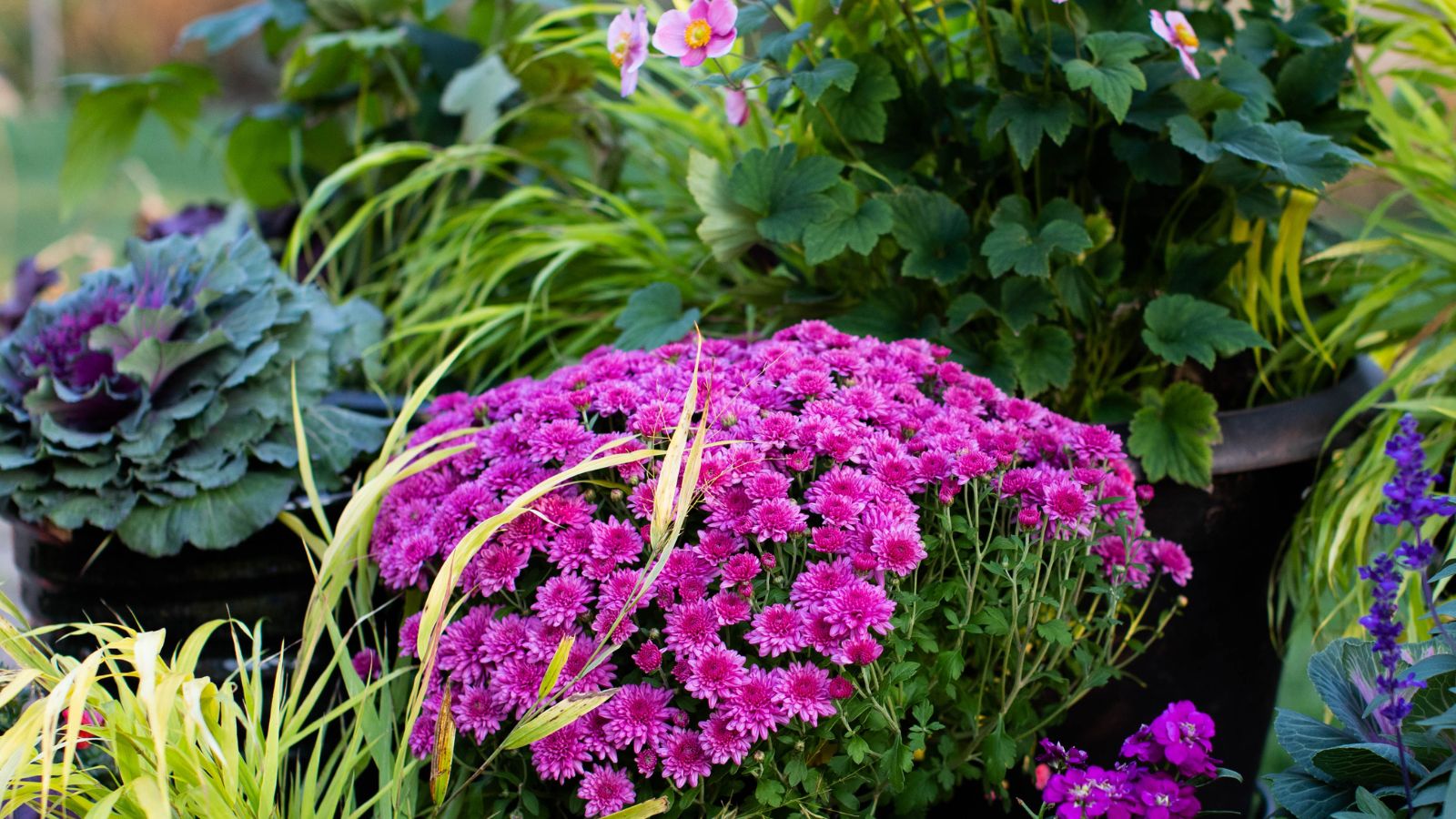
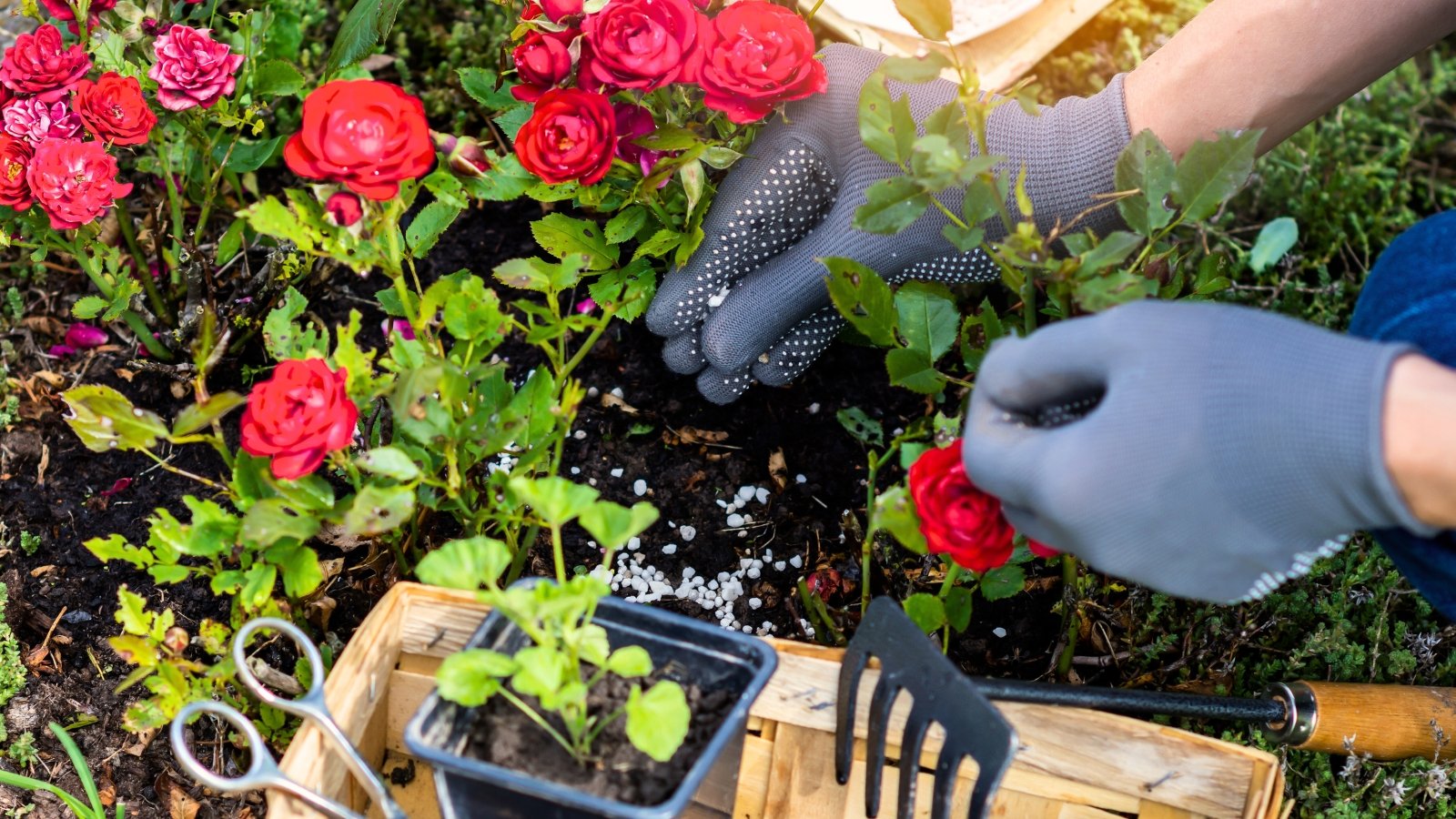
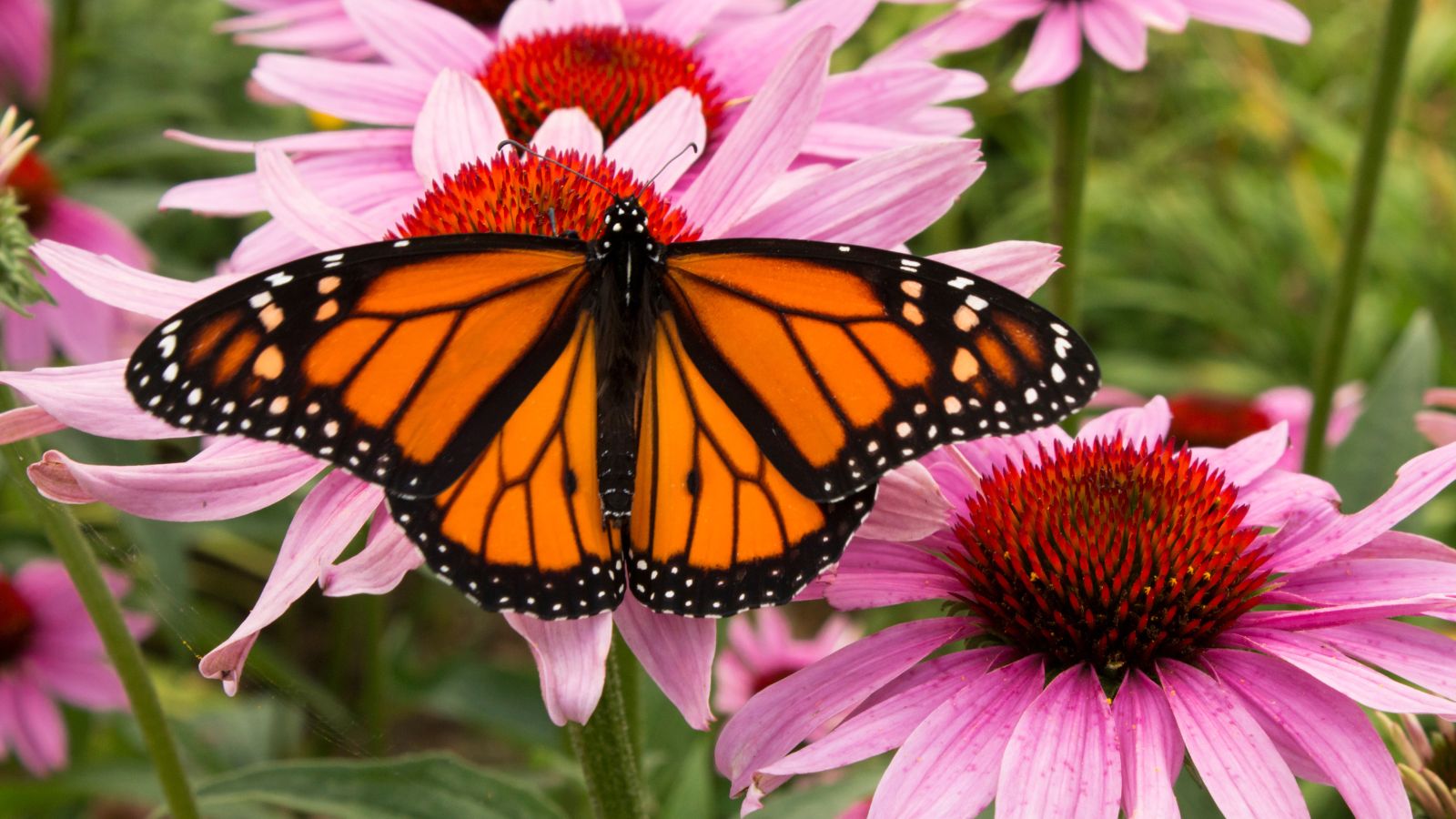














 English (US) ·
English (US) ·  French (CA) ·
French (CA) ·